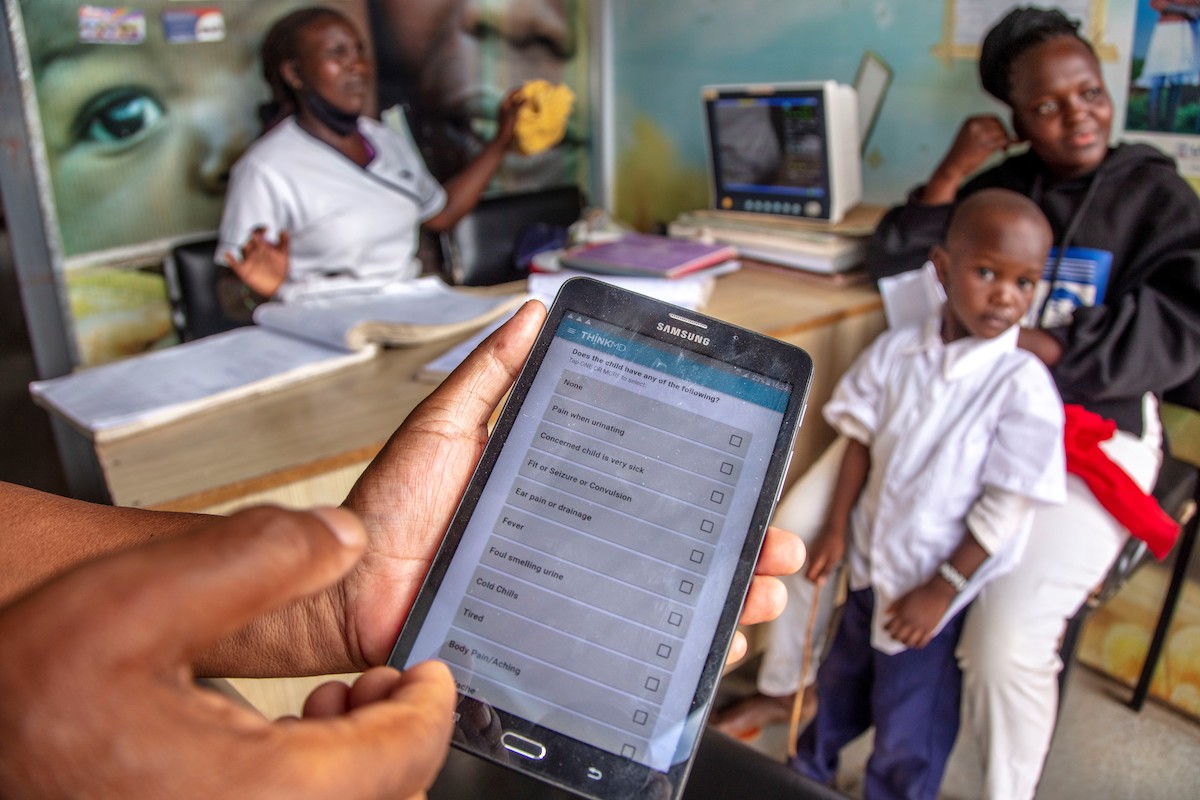In Australia, in 2021, charities generated about $176 billion of total income, 7 per cent of which came from philanthropic sources.
$176 billion sounds like a lot, and it is – until you consider the sheer enormity of the problems these organisations are seeking to help solve.
Take, as an example, the UN’s sustainable development goals, the globally agreed set of 17 goals signed by countries including Australia in 2015 to transform our world. Prior to Covid, it was estimated that there was a US$2.5 trillion annual funding gap between the global resources that were currently available to achieve the SDGs and what was needed. The impacts of the pandemic, climate change and conflicts including in Ukraine have stretched this gap to an estimated US$3.1 trillion per year.
In reality, $176 billion is a drop in a rapidly rising ocean.
If we are serious about achieving these crucial global goals, how do we find the money to do so? Is the task only to find more money to deploy through grant programs? Or is it also about using the money we have more effectively?
The Government’s recently announced $100m Outcomes Fund in the Federal Budget shows Australia is starting to be more creative in the way we fund social issues. Of course, this creativity alone is not enough to mitigate the need for continued investment in aid for development by the Federal Government, which is unfortunately not increasing to meet domestic or international need.
So where else should we look to close the funding gap?
Over time, some charities accumulate significant surpluses of financial resources which, by law, must be used for their public good purposes. In 2021, Australian charities had total net assets of nearly $400 billion. A lot of this is usually invested in assets like buildings that might be used to run the charity’s operations, low-interest bank accounts, bonds or publicly listed companies.
Similarly, philanthropic foundations, whose funds are also legally to be used to support a public good purpose, often accumulate assets. Last year, Australian philanthropic foundations had about $50 billion in investible assets.
While using the surplus assets of Australian charities and philanthropic foundations will not solve the SDG funding gap in its entirety, there is no doubt it could help.
But how could this work in practice?
Three years ago, Save the Children launched the first impact investment fund run by an aid organisation in Australia. Since then, it has made investments into education, health and child protection projects closely aligned with Save the Children’s mission and expertise. To launch this, Save the Children invested some of its own funds, as did private sector partner investors like insurance giant QBE, and several philanthropic foundations.
One of the investments was in life saving social enterprise ThinkMD, a business that has developed smart software that helps frontline community health workers in places like Bangladesh improve maternal and child health diagnostics. In fact, peer-reviewed research suggests that when using the technology, less-educated community health workers are between 90-95% as effective as US doctors in diagnosing such issues. Save the Children is in the process of rolling this technology out across more than 50 countries, providing a financial return to ThinkMD, but also making a significant contribution to the third UN sustainable development goal.
This first fund was a proof of concept. We are now proud to launch a second, larger fund to take the idea to scale.
A handful of other leading charities and some of the world’s most progressive philanthropic foundations are now adopting similar strategies; using ‘blended finance’ mechanisms, guarantees and first loss capital to encourage private sector investment into initiatives that help us achieve the SDGs.
However, their investments represent a tiny fraction of the potential. Too many charities and foundations have what corporates would see as lazy balance sheets. Their boards and management teams too often adopt a highly conservative approach to investing their surplus, which contributes very little to the charity’s mission.
Of course, charities and foundations need some backstop funds easily accessible to protect us from unforeseen events or economic downturns. But is a foundation that pledges only 5% a year while investing the other 95% in stocks and bonds really serving its public purpose effectively?
If charities and foundations are serious about achieving the SDGs, we need to both unlock significant new sources of funding and be more innovative with how we use that money. We also need more resources to be made available for start-ups like ThinkMD – which can help charities like Save the Children be three, five, or even 10 times more effective.
This requires a revolution in how charities and foundations think about the financial resources at our disposal. The challenges we face are too dire and too urgent not to use all of our resources to respond to them.
Paul Ronalds is CEO of Save the Children Global Ventures

